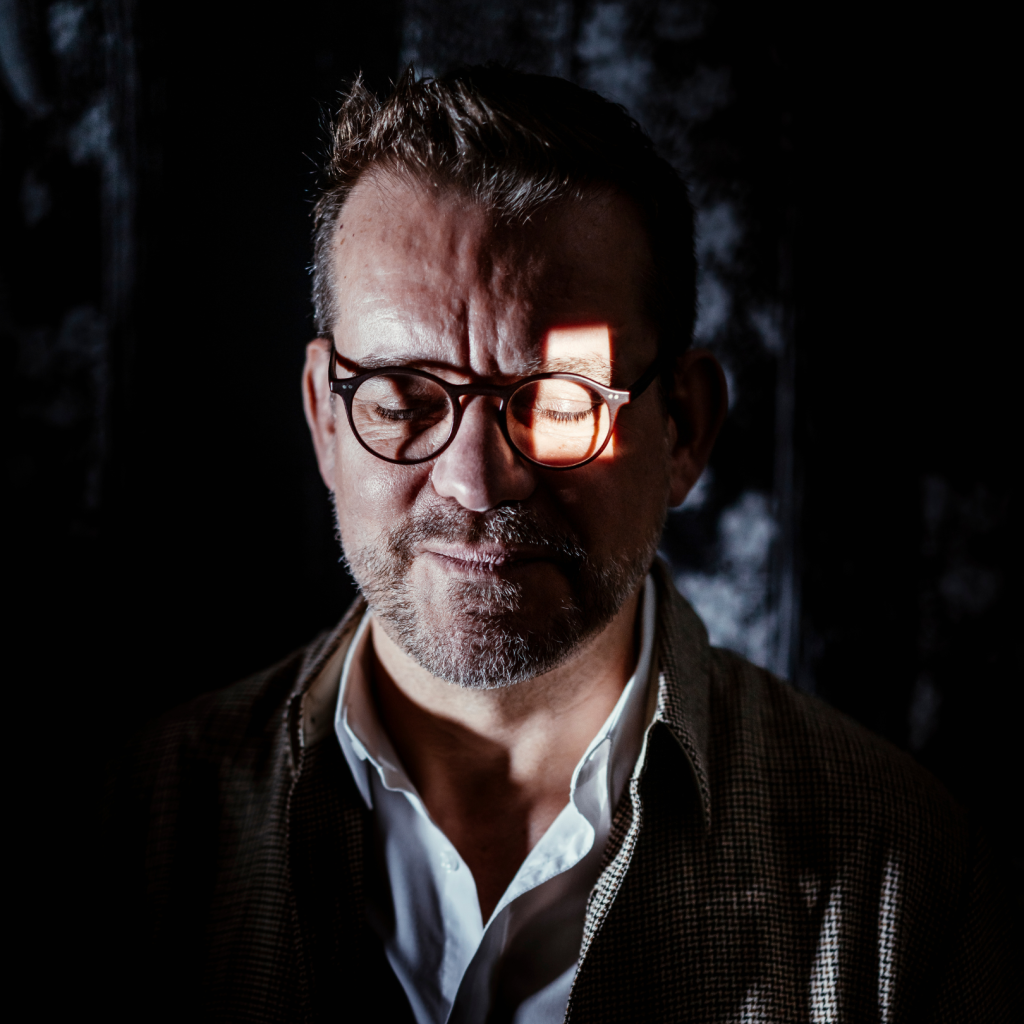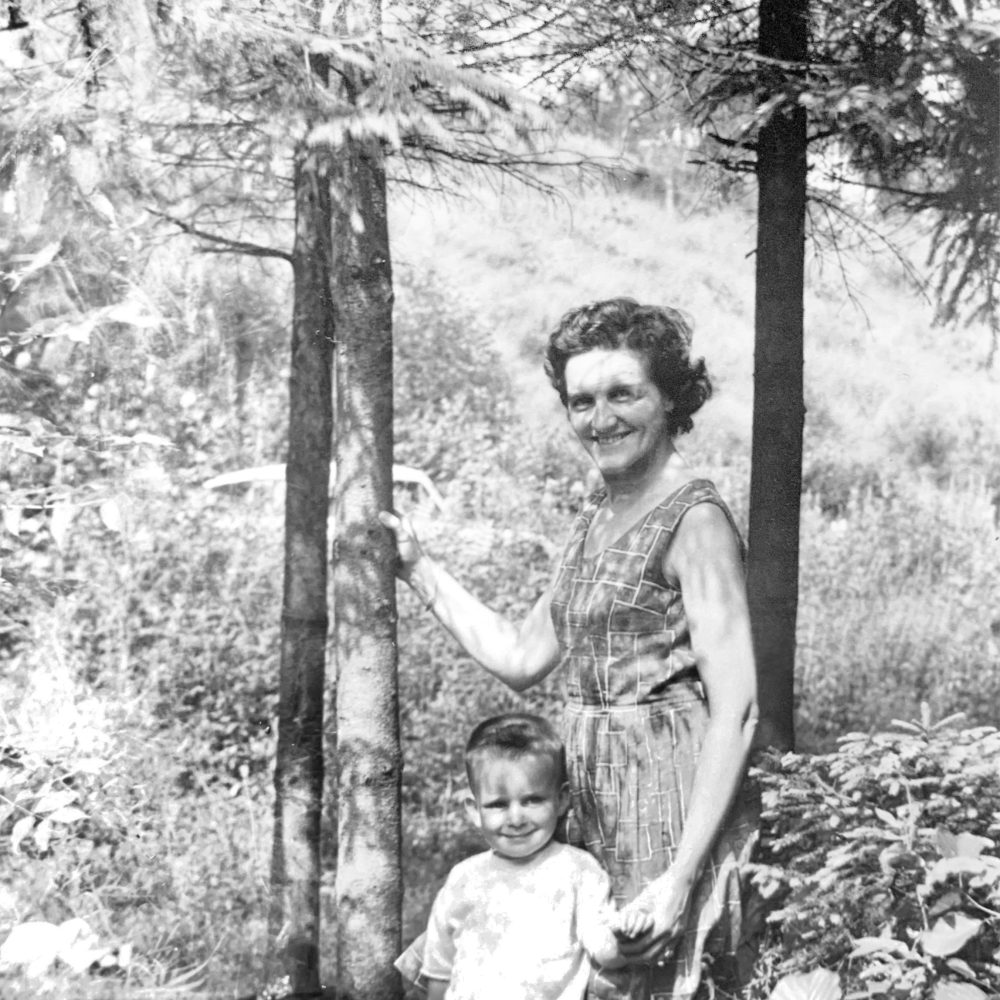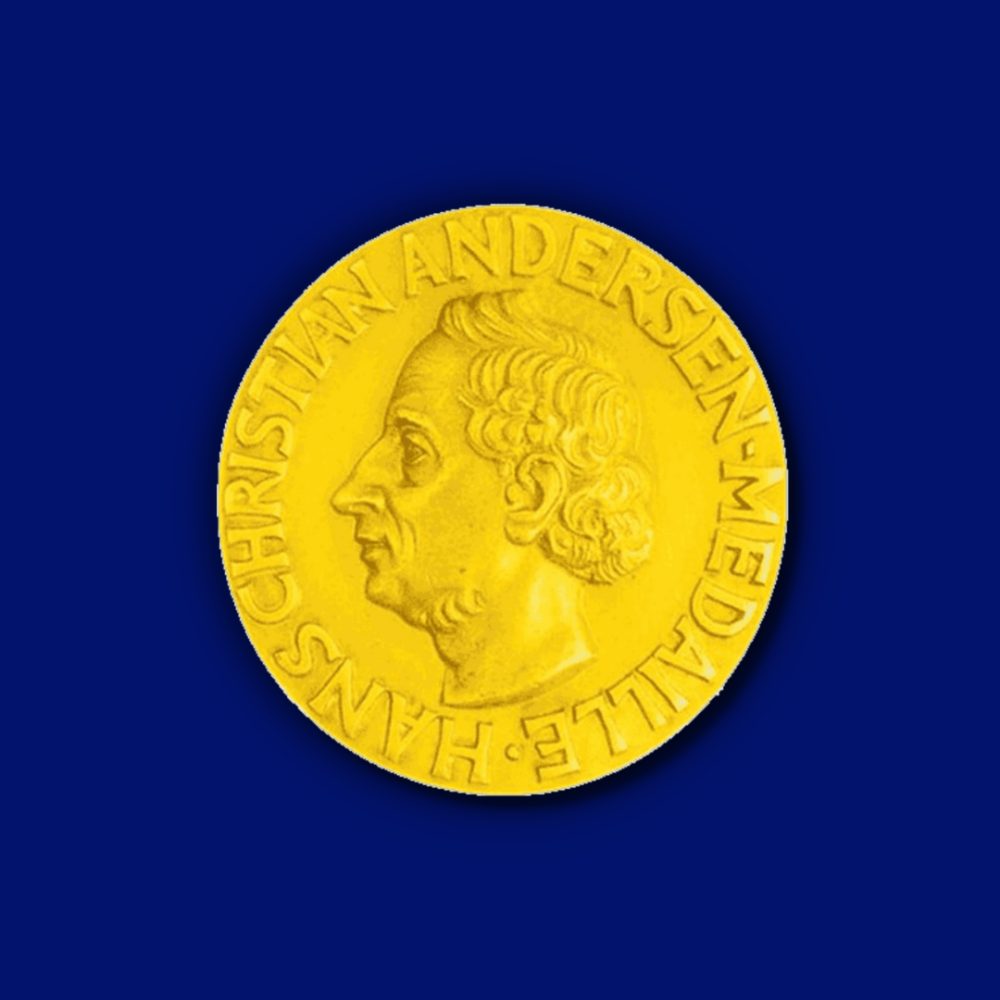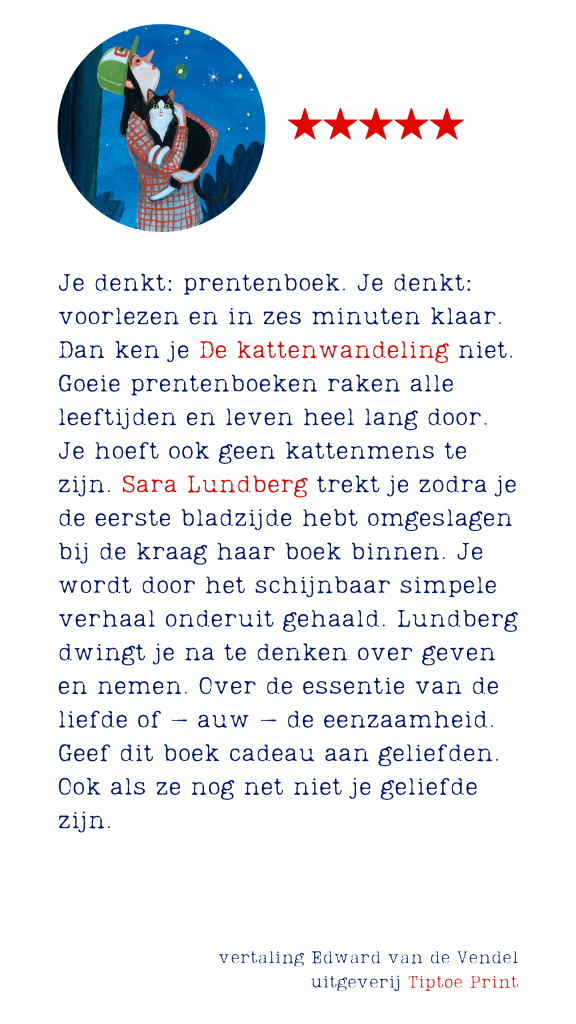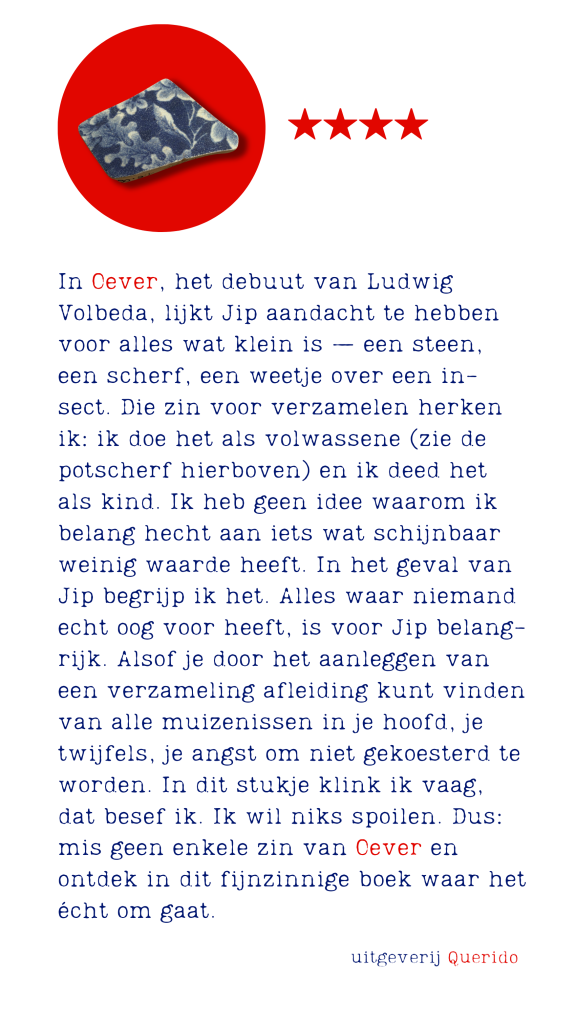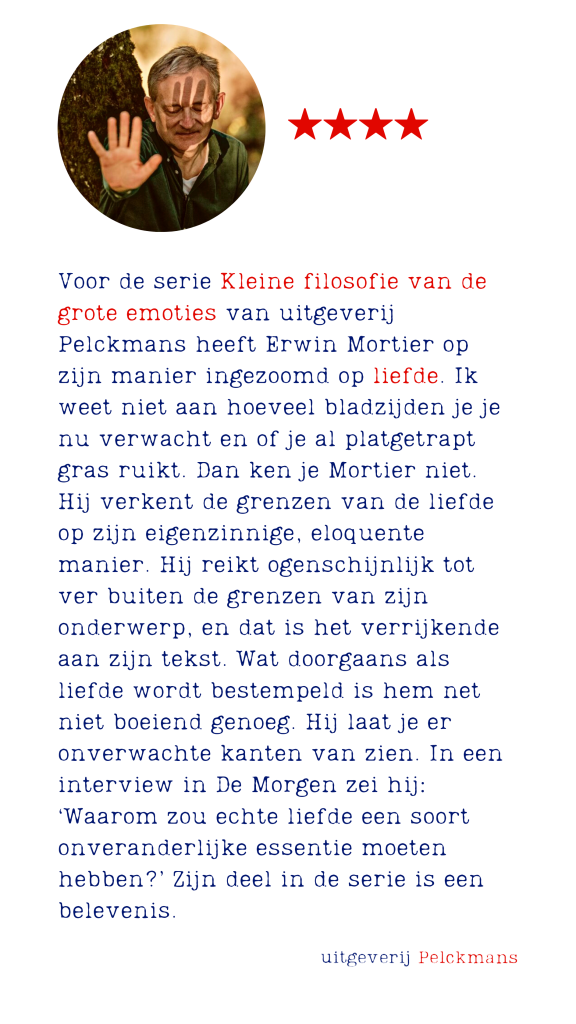Op dinsdag 9 april is in de reeks Privé-domein van uitgeverij De Arbeiderspers Een ander leven verschenen. Aan de hand van brieven, dagboekfragmenten, foto’s en herinneringen heb ik een beeld geschetst van de periode na mijn debuut in 1983 — mijn late coming of age (of hoe moeizaam de schrijver die ik ben is gaan samenvallen met de mens die ik ben).
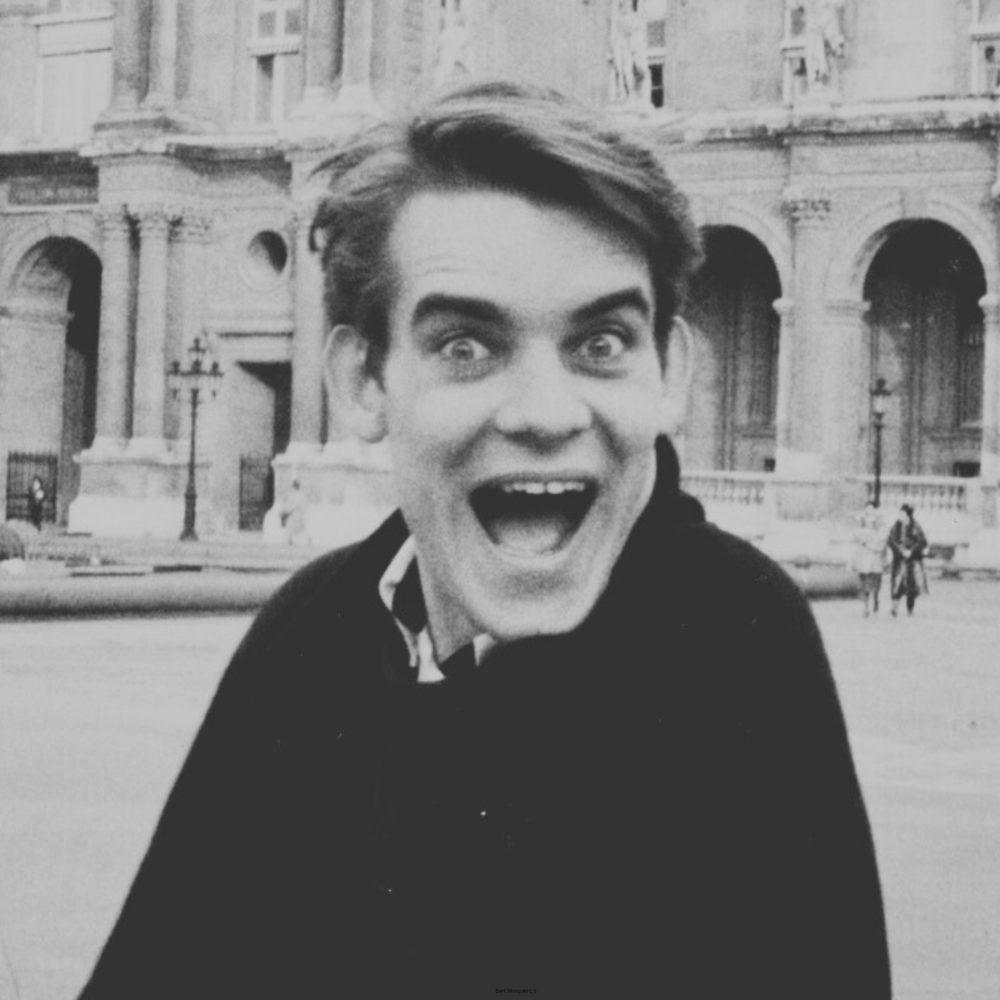
De keuze voor het omslagbeeld van Een ander leven kiezen was minder evident dan je denkt. Er lag erg veel beeldmateriaal op tafel. Bij zo goed als elke foto kon ik een verklaring geven. Uiteindelijk heb ik resoluut voor de foto van mijn vierjarige zelf en mijn moeder gekozen. Omdat er achter die foto veel betekenis zit. De foto die je hier ziet, en die door mijn vriend Jacques in 1989 is gemaakt, was bijna het omslag. Bijna.
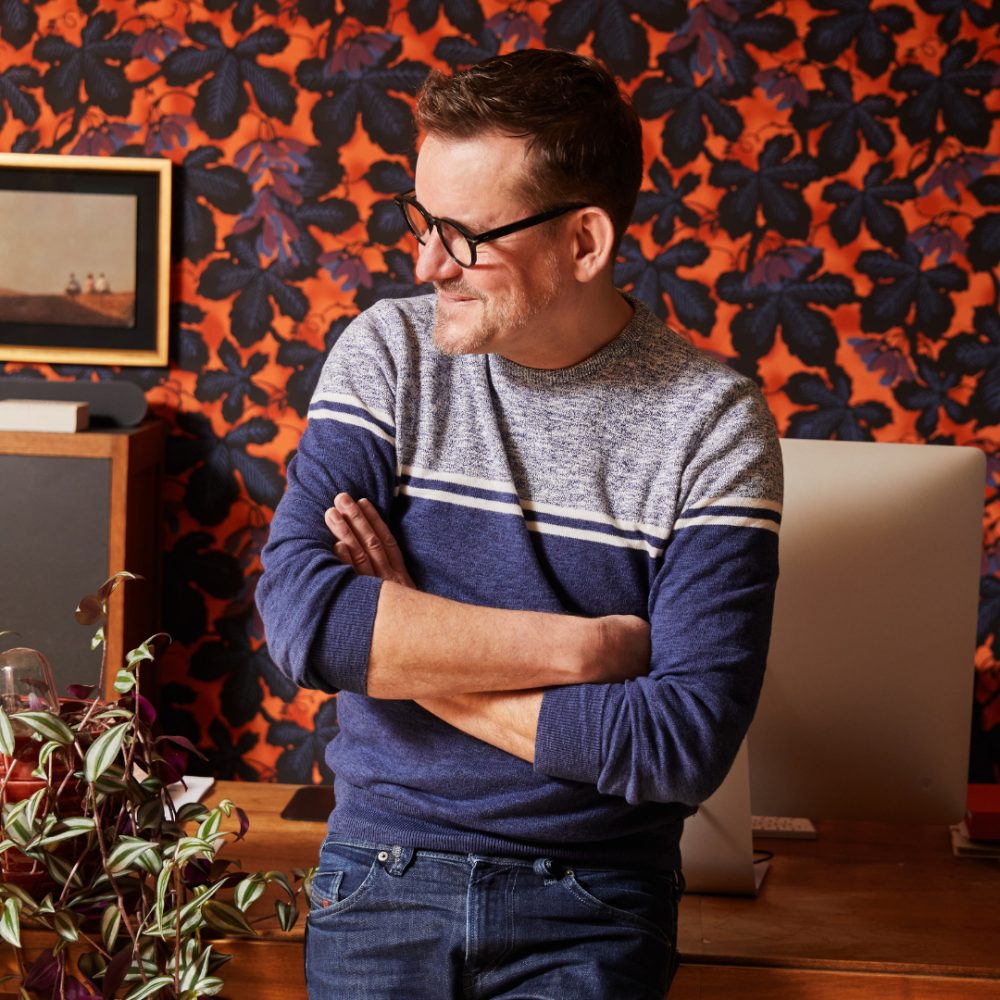
Kalmthout, 11.06.2020 • Jonathan en ik verhuizen op 8 december 2019 naar Heide, Kalmthout. Het huis is vanbinnen en vanbuiten haast klinisch wit, maar het voelt als het huis waar we het onze van kunnen maken en we zijn allebei blij dat we voor een plek in het groen hebben gekozen. Ongeveer het eerste wat ik wil aanpakken is mijn eigen werkkamer. Ik zoek de hoek waar mijn bureau moet staan — wat voelt goed? Welk licht wil ik erbij en wat doe ik met de muren? Per toeval vind ik op Instagram één van de weinige ontwerpen die beeldend kunstenaar Victor Servranckx in de jaren twintig voor een behangfabriek in het Brusselse heeft gemaakt. Een paar ontwerpen zijn net door een bedrijf in Hulste weer in productie genomen. Het is niet zo gek dat ik als een blok voor het art deco-motief in fel oranje val, na jarenlang in een appartement uit de art deco-periode gewoond te hebben. Een paar dagen na mijn zesenvijftigste verjaardag krijgt mijn werkkamer nieuwe kleren.
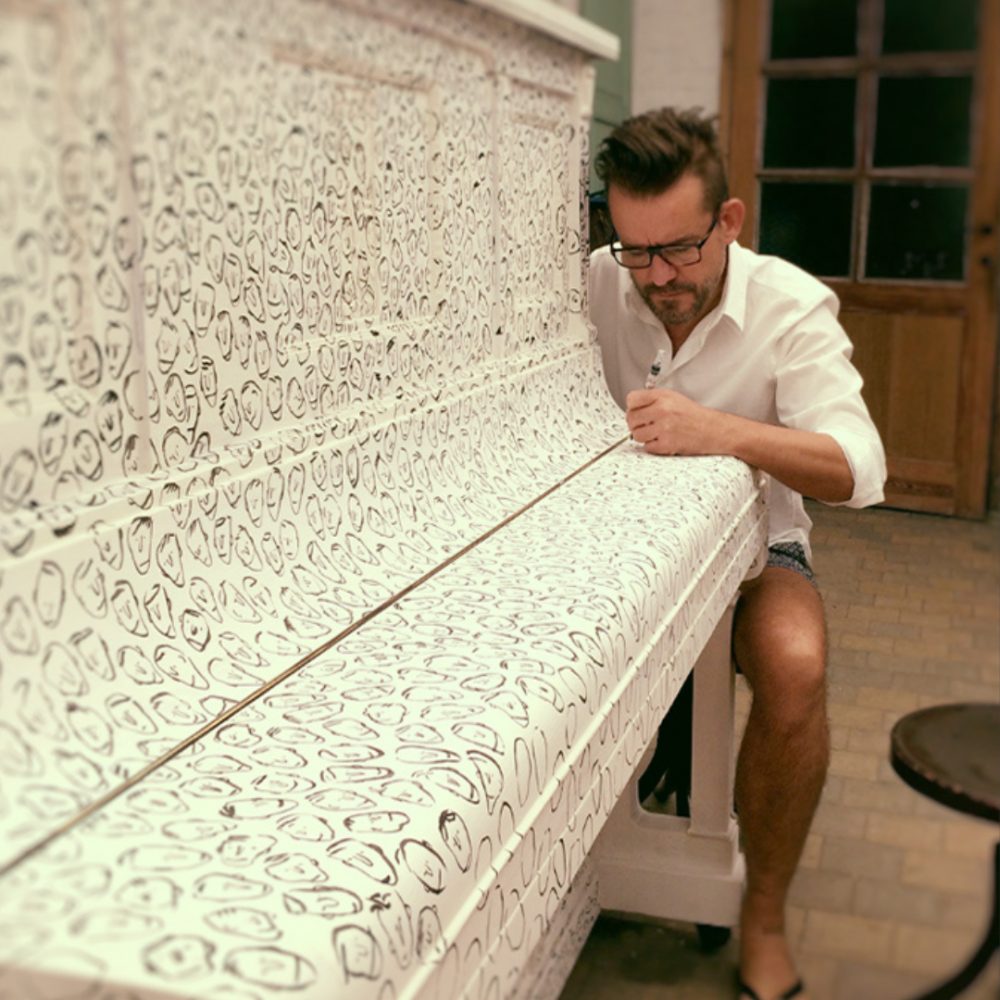
Watou, 30.06.2018 • Ik denk: zeven broers is niet weinig, maar ook niet verschrikkelijk veel. Dus zeg ik ja op het voorstel van mijn eigen broer, die intendant is van het Kunstenfestival Watou. Ja, zeg ik, een Broere-piano lijkt mij een fijn idee.
Mijn plan vind ik zelf niet ambitieus. Het is een kwestie van doen. Zeven broers tekenen om te beginnen, en dat ga ik dan een paar keer herhalen. Zeven keer maal — ach — hoeveel? Hoeveel broers passen op een piano? Een beetje focussen en in een dag ben ik klaar. Denk ik.
Het worden een paar dagen. Op de openingsdag van het festival moet ik nog een paar uur doorwerken, alsof ik een live performance doe. Dat voelt onwennig, maar ik ben wel trots op het resultaat. Zeven broers is niet verschrikkelijk veel, maar je kunt ook niet zeggen dat het er maar weinig zijn. Dat weet ik nu heel zeker.
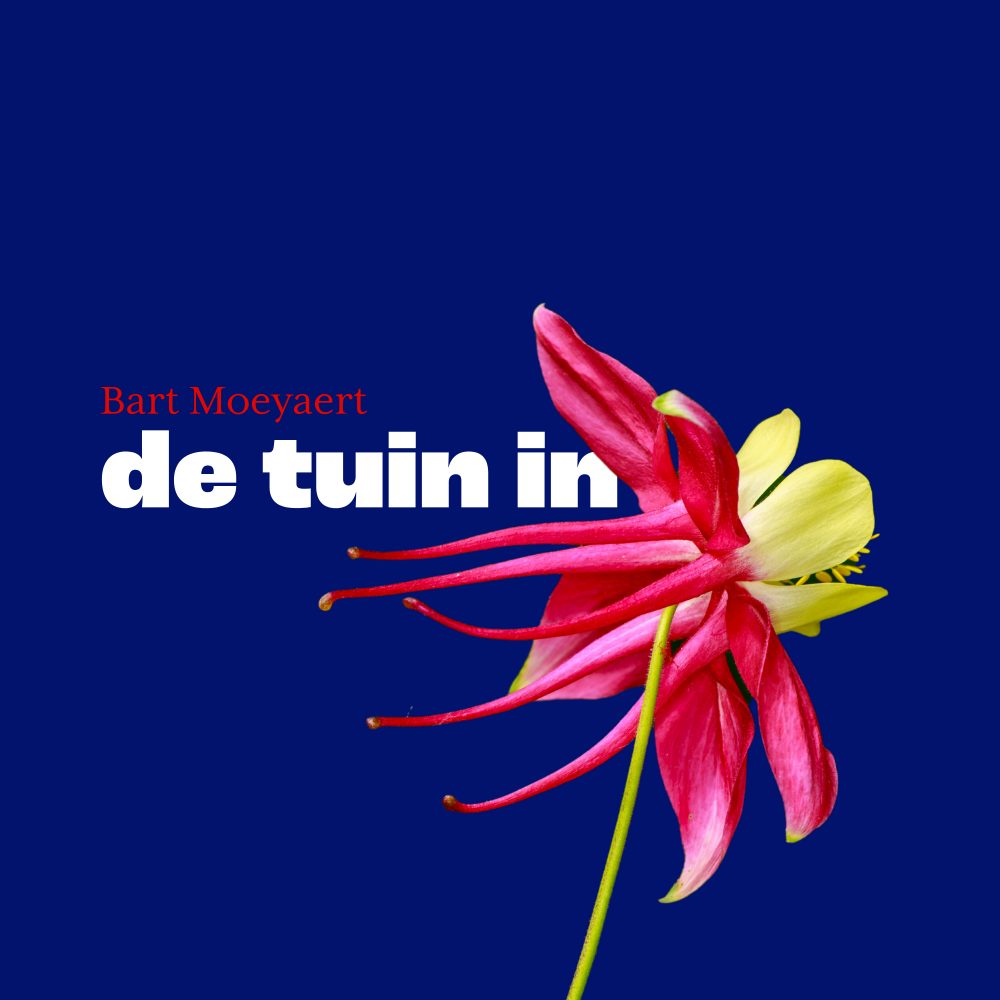
Voor De wereld van Sofie — eenmalig: De wereld van Annelies — op VRT Radio 1 liep Anke Van Meer met Bart Moeyaert op een vroege ochtend mee door zijn tuin. De voorbije drie jaar leerde hij één en ander bij over zichzelf, het geduld en het onkruid. En de akelei.
Deze reportage werd op dinsdag 16 mei 2023 op Radio 1 uitgezonden.
luistertijd 12:07
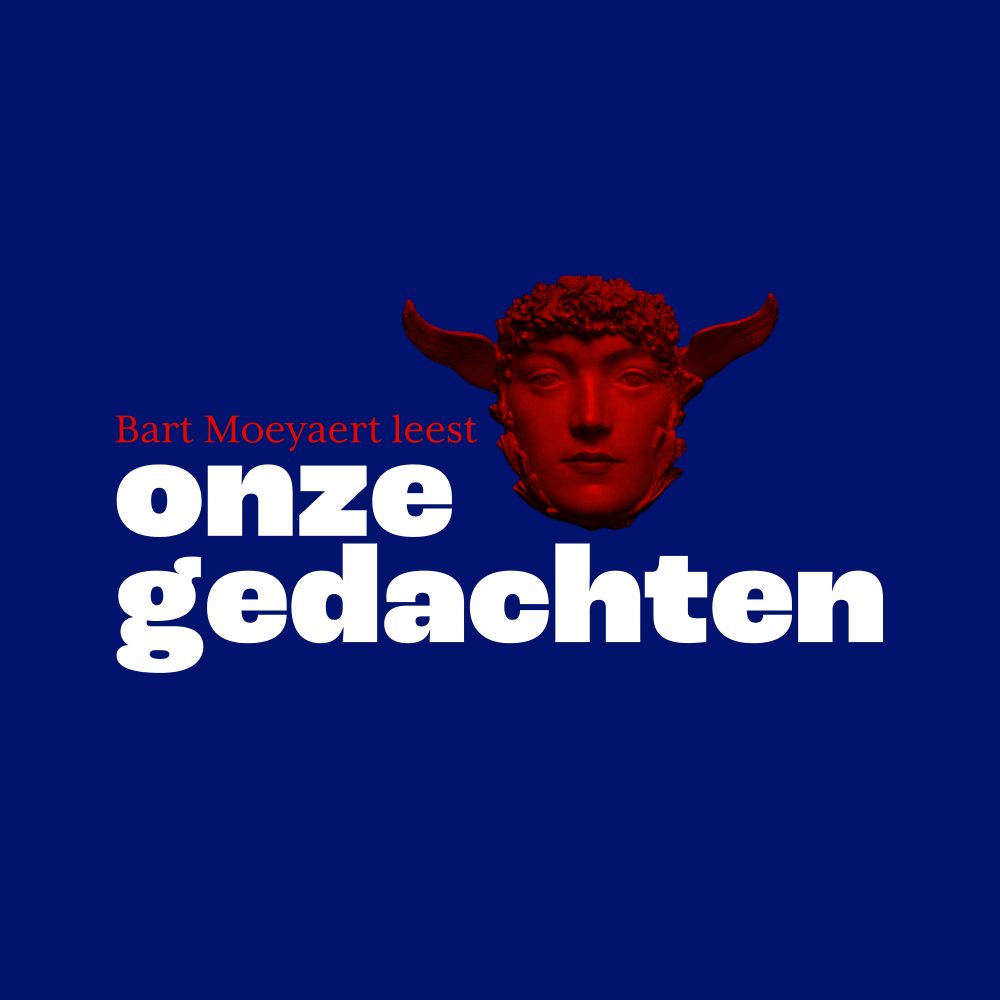
Op uitnodiging van Musea Brugge schreven Lara Taveirne, Fikry El Azouzzi en Bart Moeyaert speciaal voor het schilderij Secret/Reflet van Fernand Khnopff een drieluik van korte verhalen. De verhalen zijn ingelezen door Lara, Fikry en Bart zelf en kunt u beluisteren in de schommelstoelen tegenover het schilderij in zaal 7B in het Groeningemuseum in Brugge. Het verhaal van Bart hoort u ook hier.
luistertijd 11:12

Op verzoek van Stichting CPNB schreef Bart Moeyaert voor de Nederlandse Boekenweek 2022 — met als thema ‘Eerste liefde’ — het Boekenweekgedicht.
luistertijd 02:09
